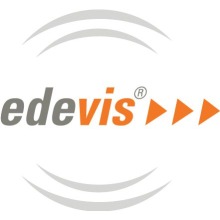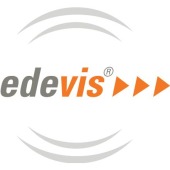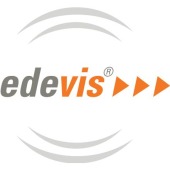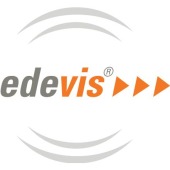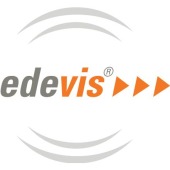Non-Contact Crack Detection
Specifications
 Represented in Romania by KIMET Srl
Represented in Romania by KIMET Srl
Detection of Surface Cracks
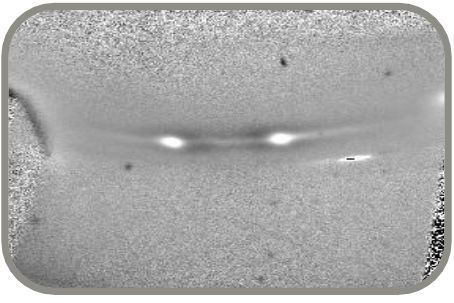 Crack in a deep-drawing component in the area of high stretching Crack in a deep-drawing component in the area of high stretching |
Crack Detection
The increasing use of high-strength materials and advancing utilization of materials for components in the automotive and other manufacturing industries can lead to an increased risk of cracking in formed components. Since cracks are often the initial points for the failure of components under operational loads or corrosive reactions, damaged areas need to be identified early. Induction thermography offers itself as a nondestructive testing method for crack detection in a production environment or in the maintenance as it can assess the components quickly and reliably. Using induction thermography, testing tasks can be solved economically by automation which could be implemented with other test methods only in manual testing solutions. Especially cracks, but also other forming flaws such as forging faults or laps can be detected very sensitively
|
|
|
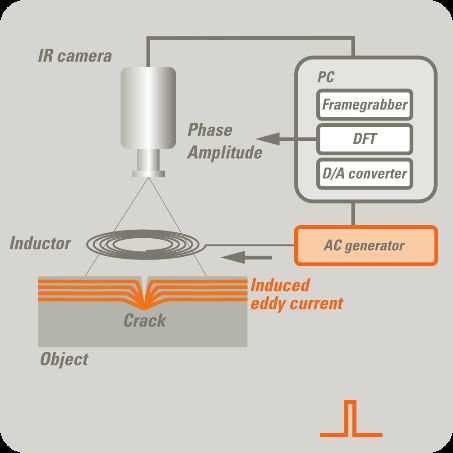 |
Principle
For flaw detection, induction thermography exposes the component surface to an eddy current field for a short period. If the component is made of metal or another electrically conductive material and if there are cracks present in the measuring field, the eddy currents are displaced by the cracks. The resulting high current density at the crack tips leads to a strong local heating, while the heating of the intact areas is small. Thus, cracks and other defects with boundaries in the material (e.g. laps) can be distinguished thermally from the environment. The monitoring of the temporary surface temperature differences is done with a highly sensitive and very fast infrared camera. The camera acquires an image sequence during the heat-up and cool down phase, which subsequently is converted pixel by pixel into a phase image that represents the local variation in the surface heating behavior by means of false color. Thus, the imaging and differentiation of flawed and flawless regions is possible. Since both heating and cooling processes are highly dynamic, the testing times are very low
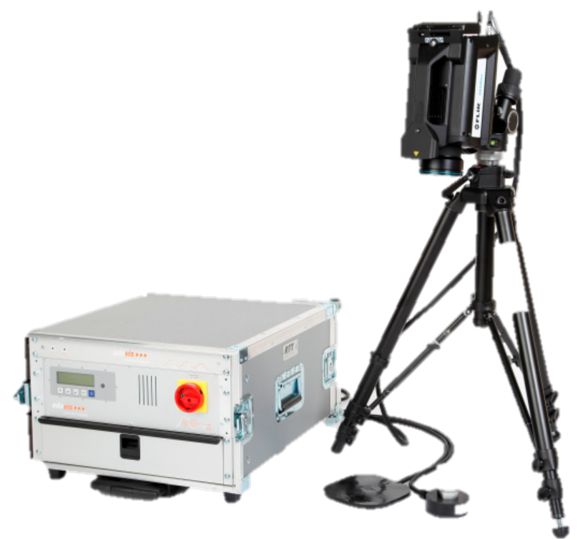 |
The System
The induction excitation provides a defect selective testing of the component even with single-sided accessibility. The technique can always be applied when the material of the specimen is electrically conductive. A direct contact to the component is not required. The induction of the eddy currents is achieved by specially developed inductors which are tuned for the particular application. They do not require any active cooling, are completely enclosed and exchangeable via plug connectors. The induction generators are optimized to the needs of thermography and allow a compact design of the test system. The test time is very short due to the pulse-phase technique. Depending on the materials and the total thickness of the joints, the measurements of one measuring field usually can be performed within a fraction of a second, typically in a tenth of a second.
Applications
The crack detection with induction thermography can both be localized to critical areas of the component and - by means of scanning technology - be implemented for large-scale applications. The edevis GmbH provides not only standardized inducers, but also the development of highly specialized inductors which are tuned to the specific application. The range of applications includes the detection of defects in die-forged compoments, semi-finished sheet laps, cracks due to excessive stretching in deep-drawn components, cracks in cast components and detection of fatigue cracks in dynamically loaded components. Inspections tasks can be solved with induction thermography both as an automated system with very short cycle times as well as a manual test solution with simple and flexible handling
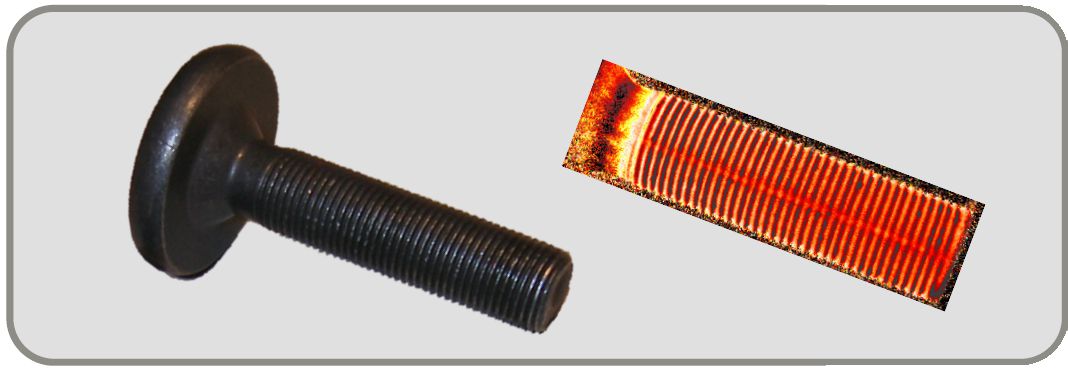 Crack in the threaded shaft of a screw bolt |
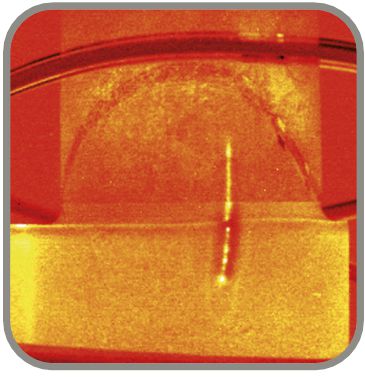 Crack in a forged shaft segment |




